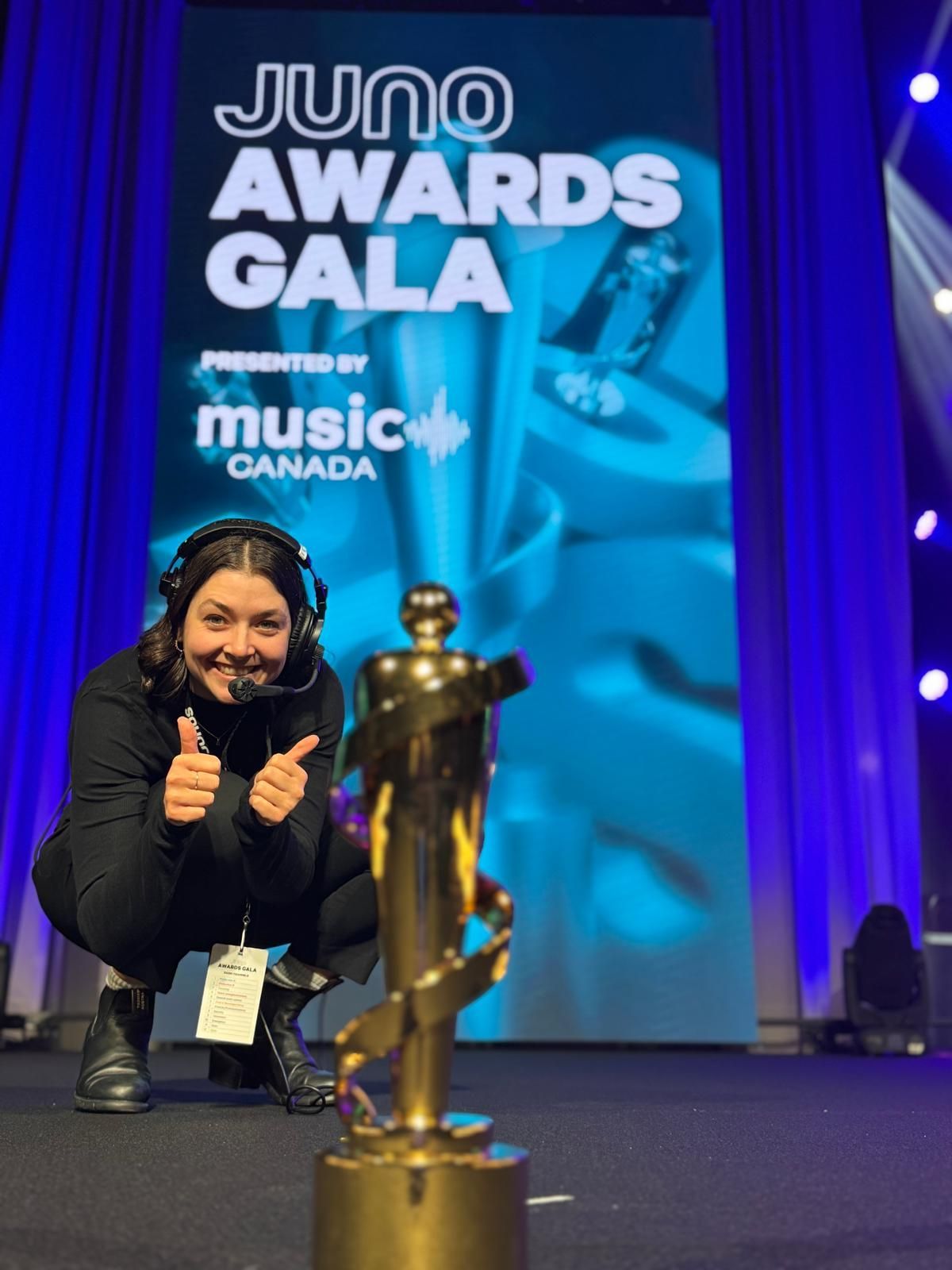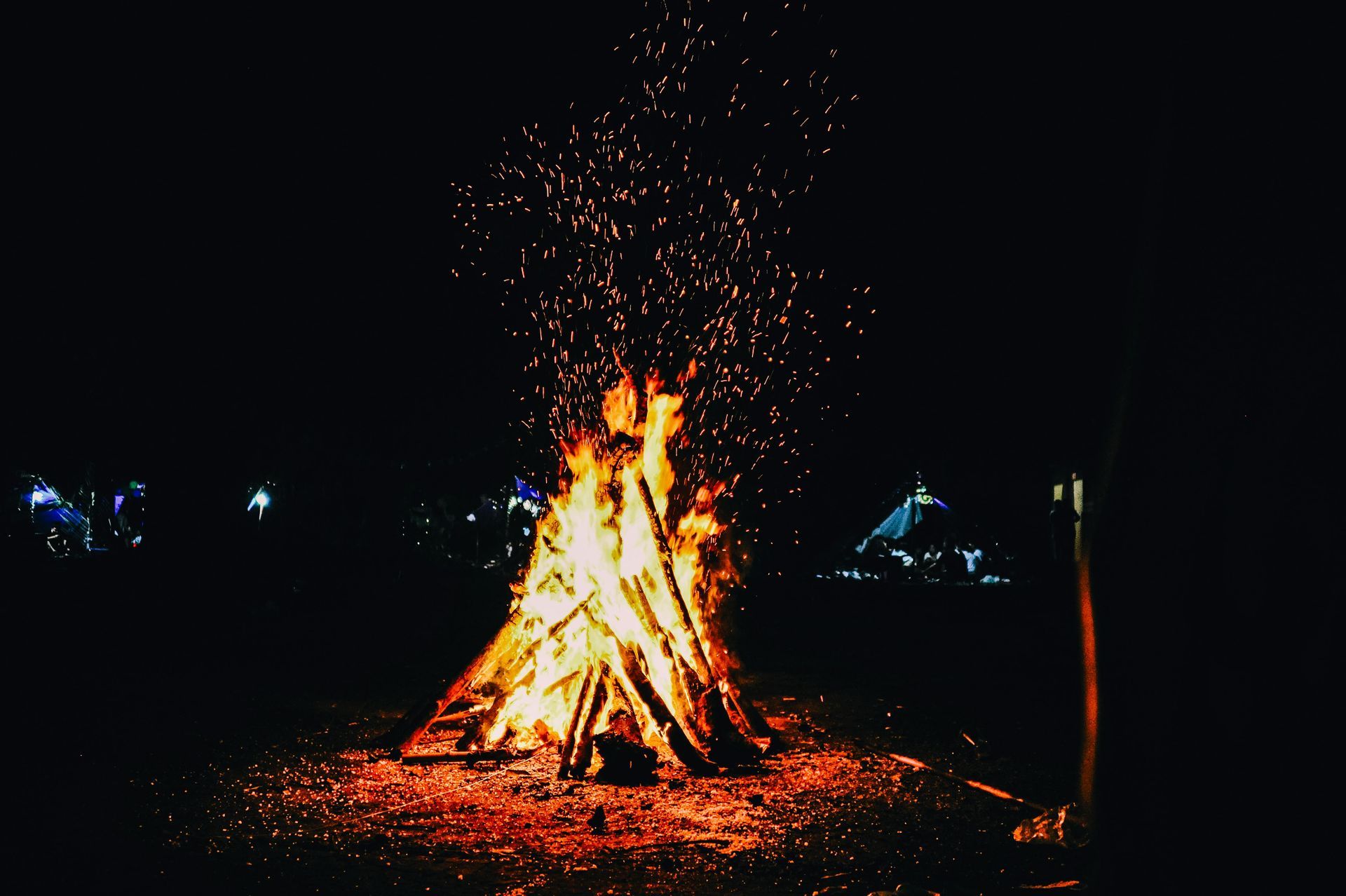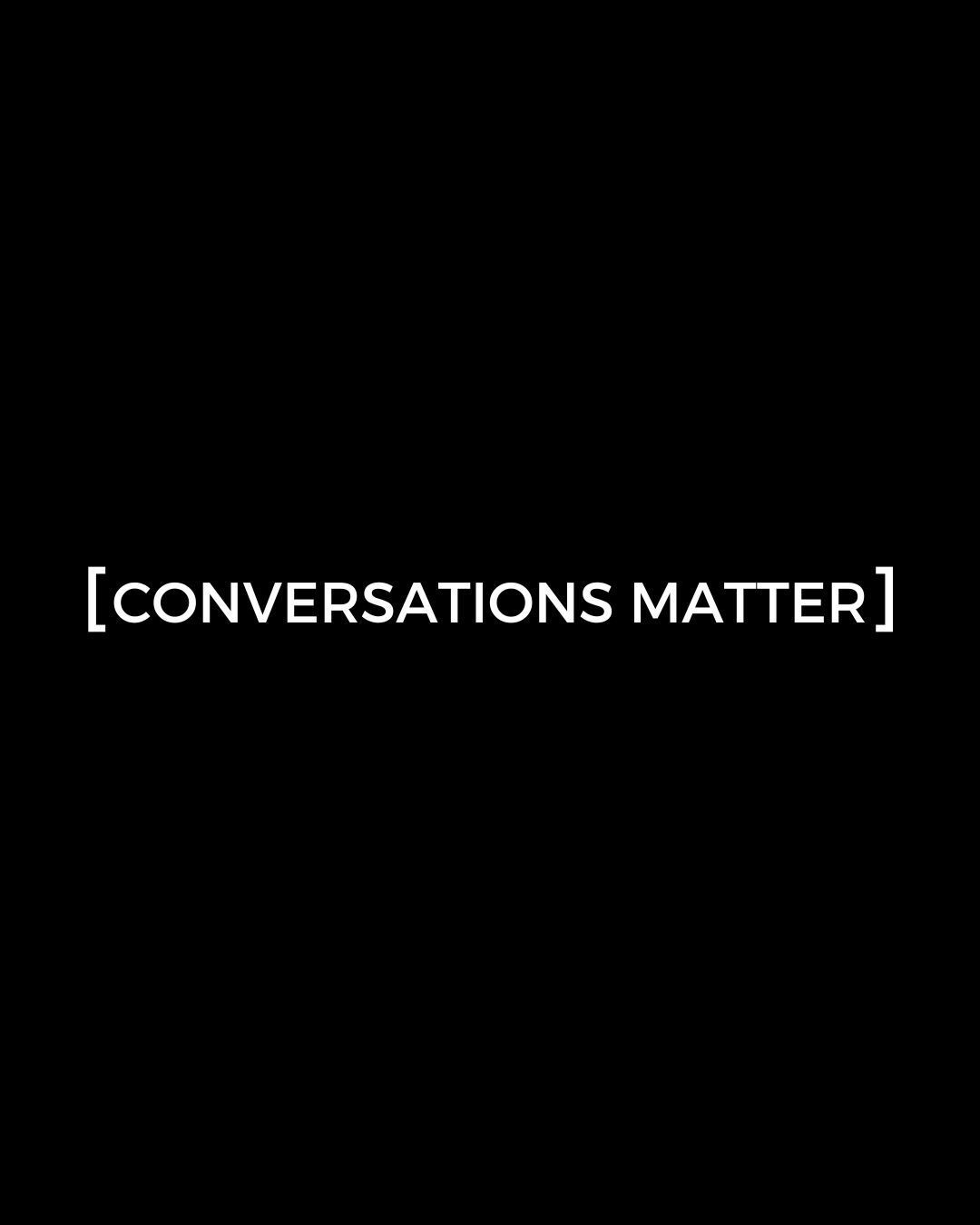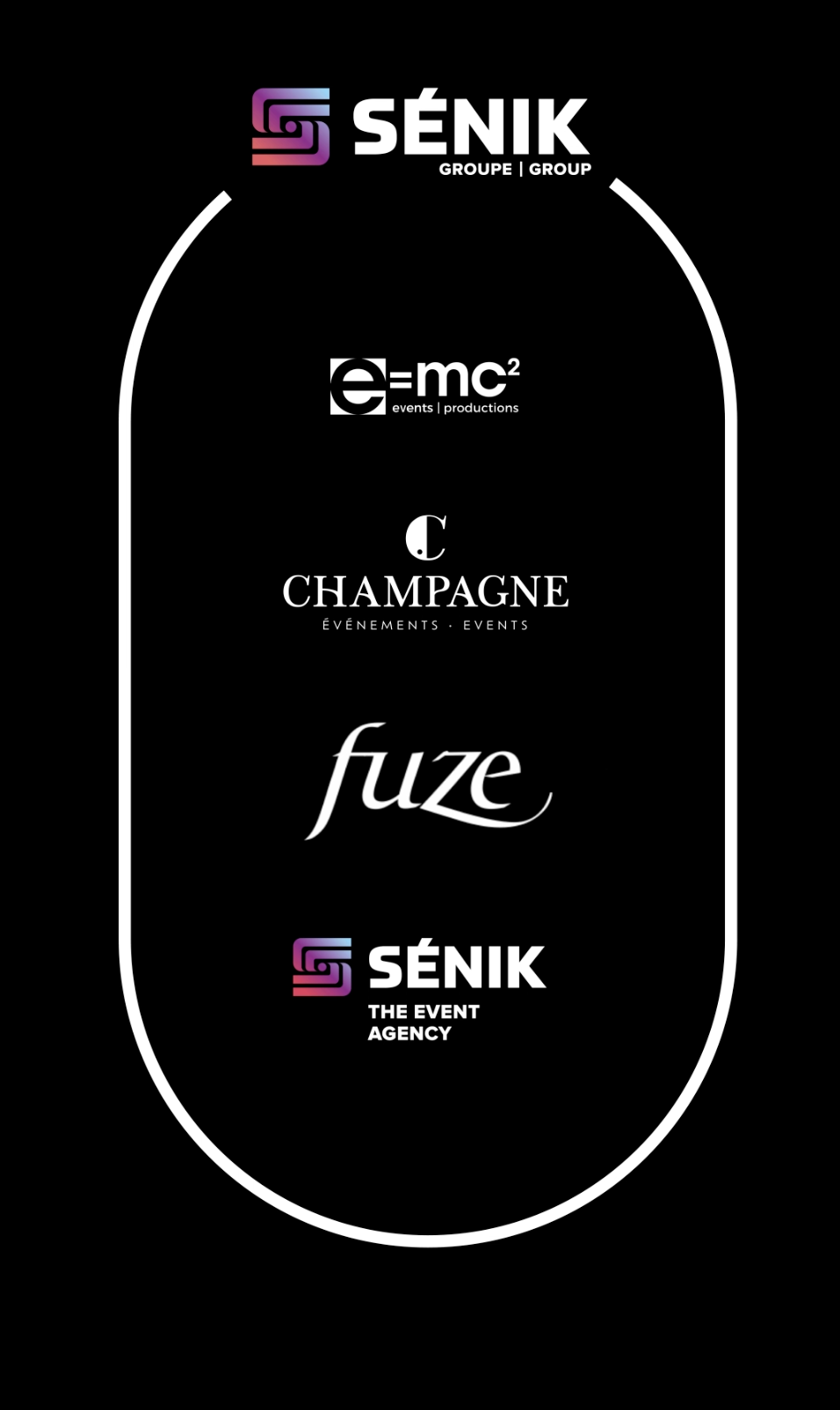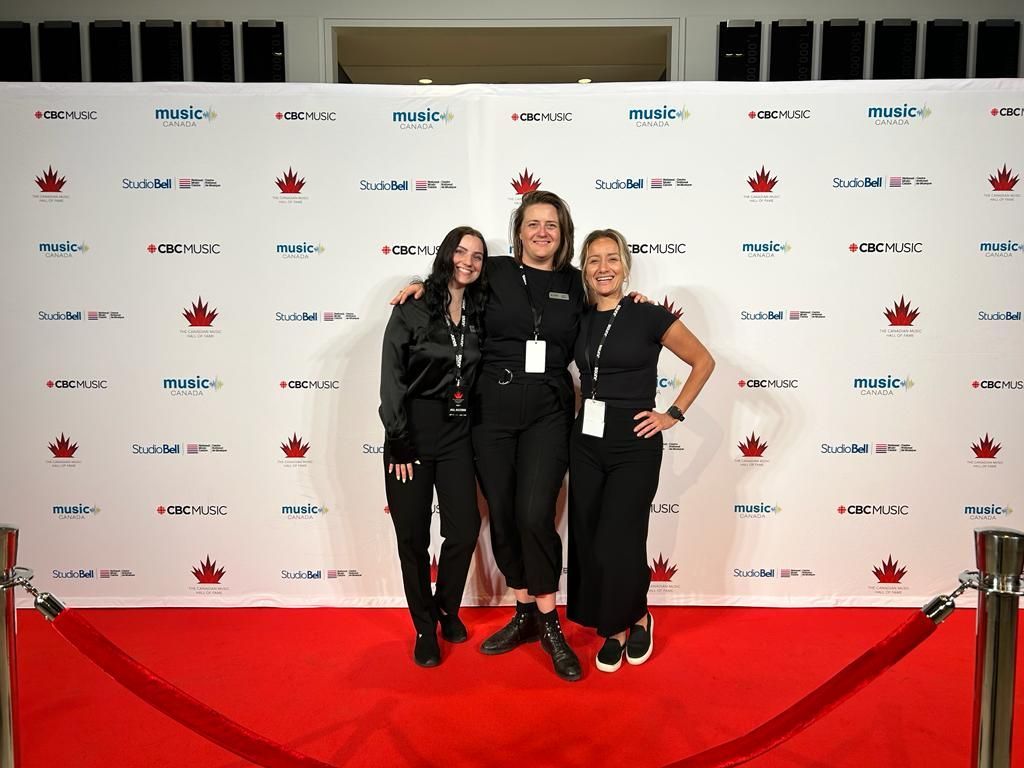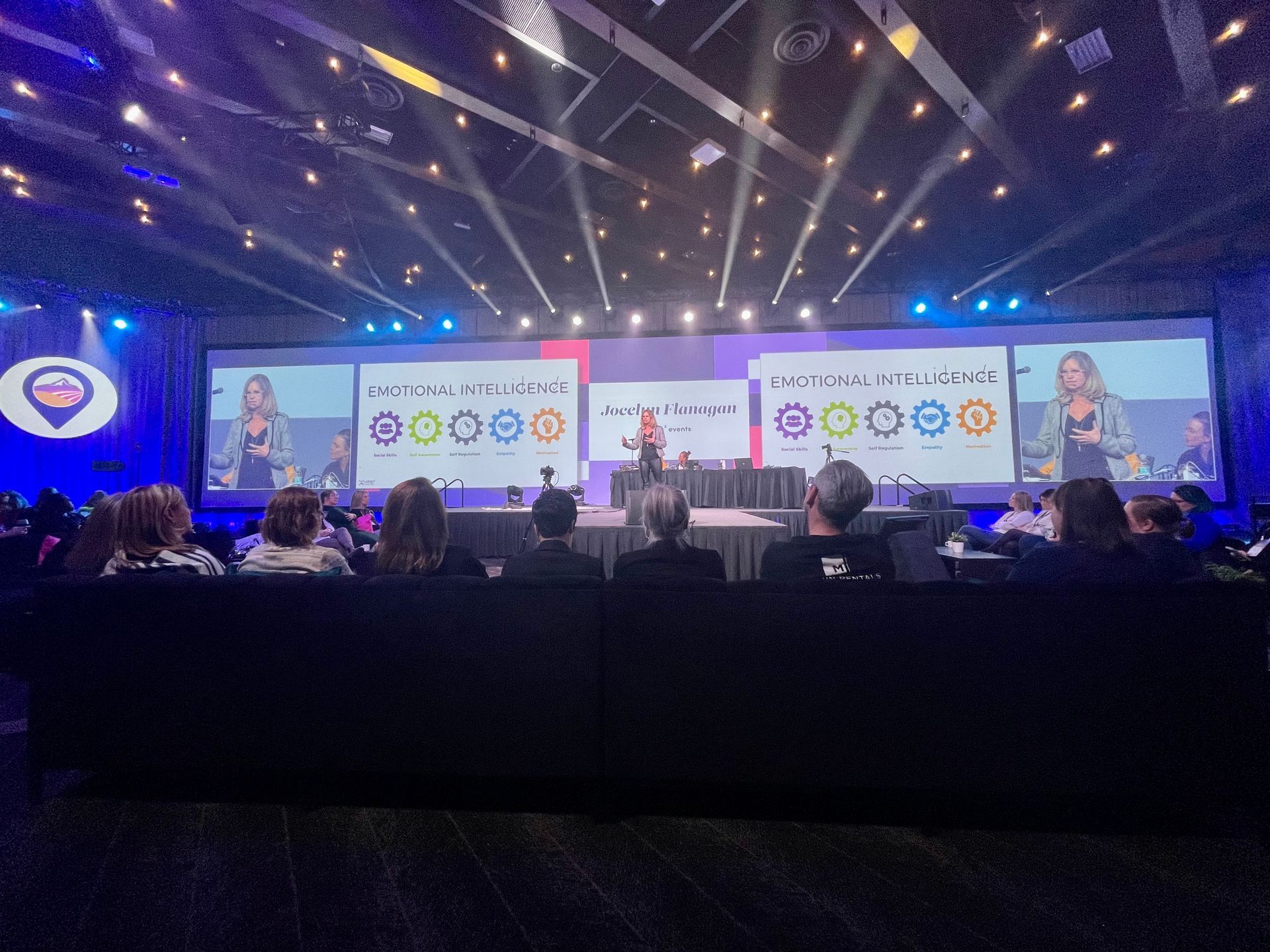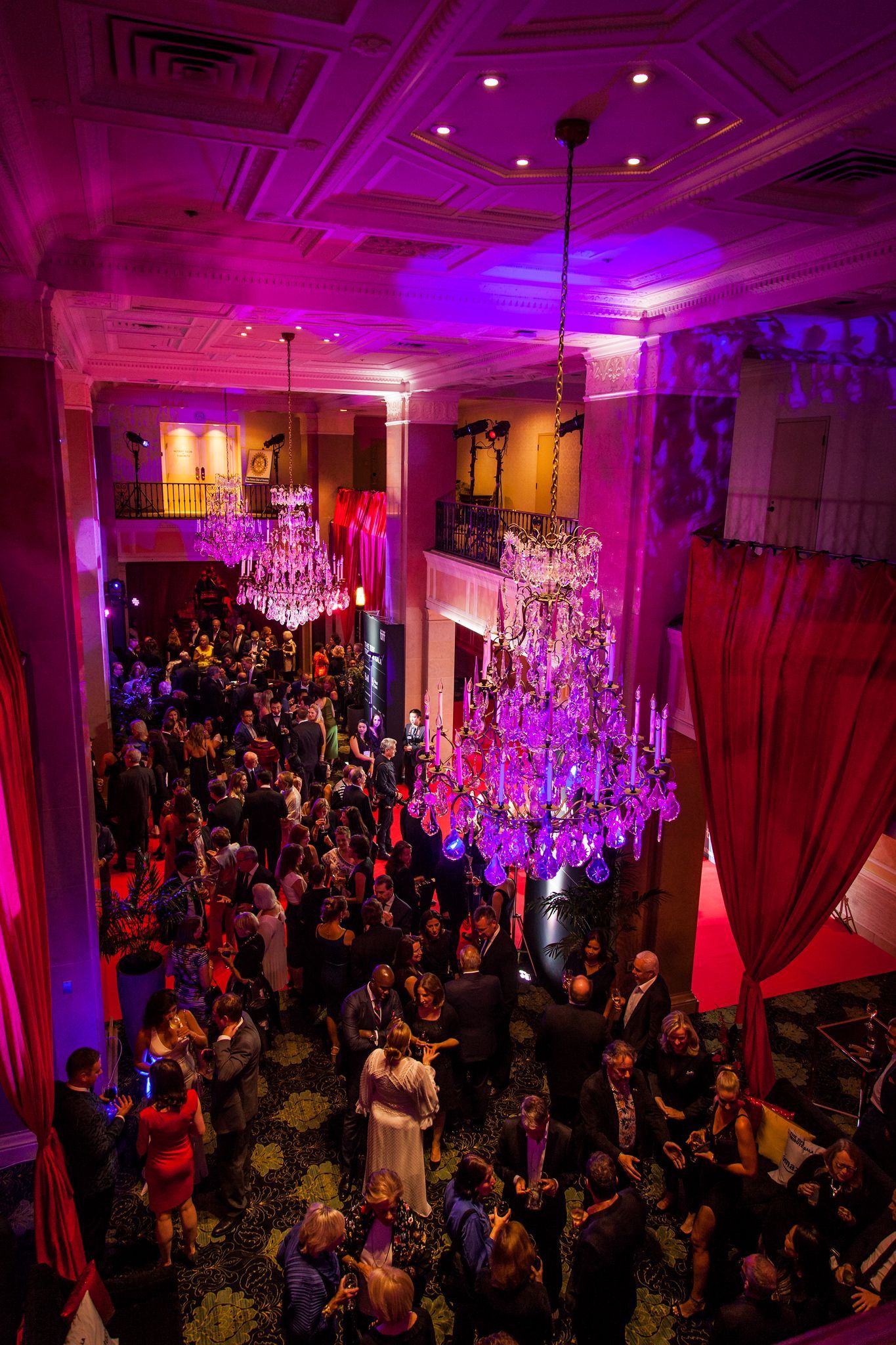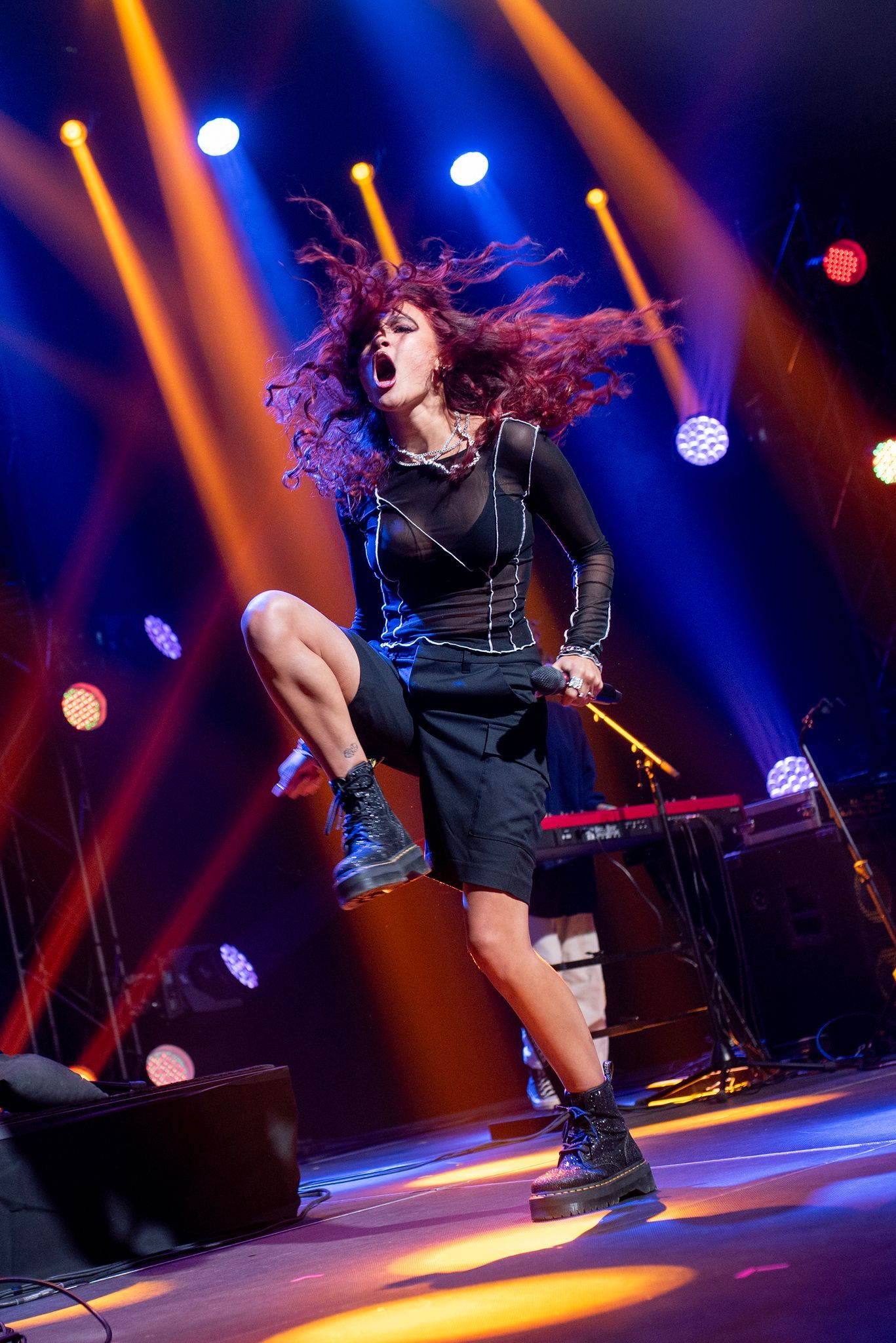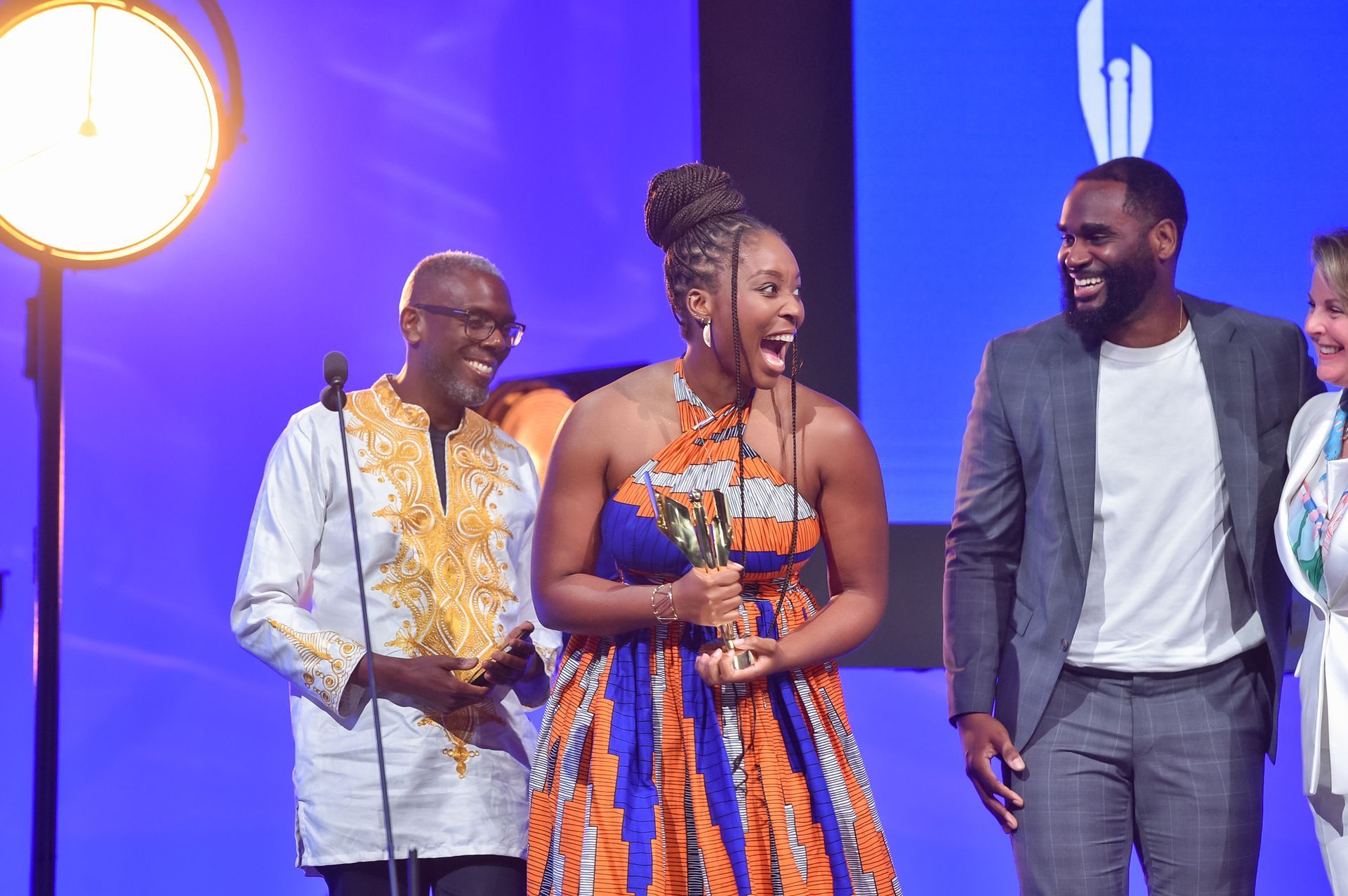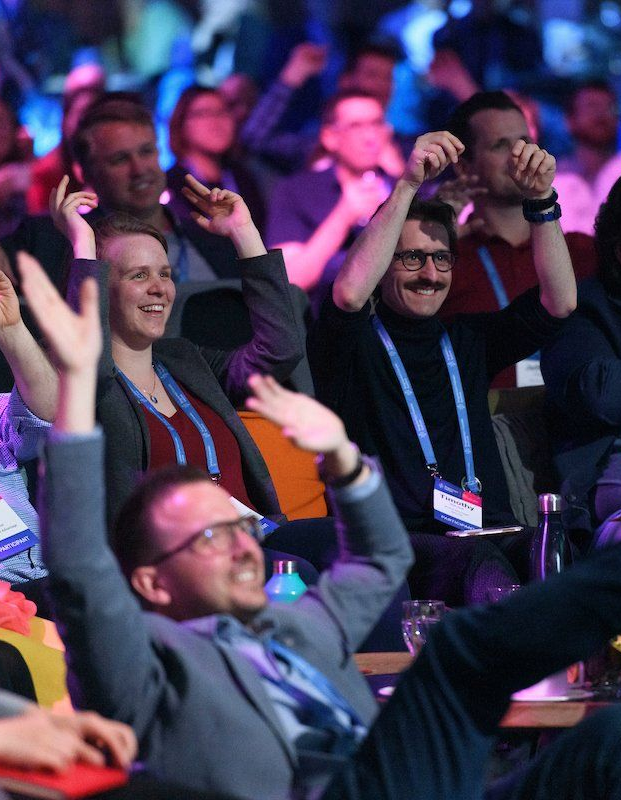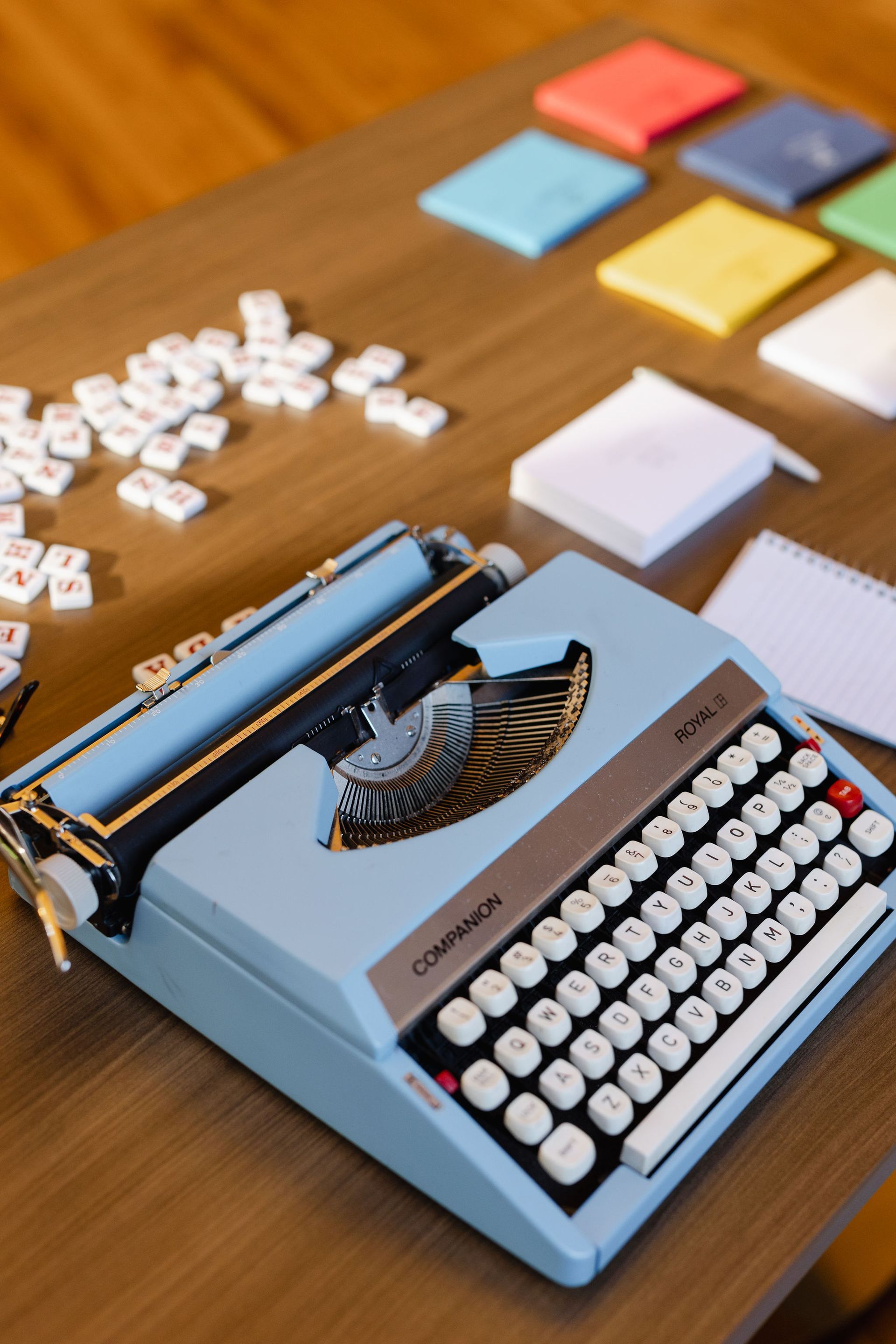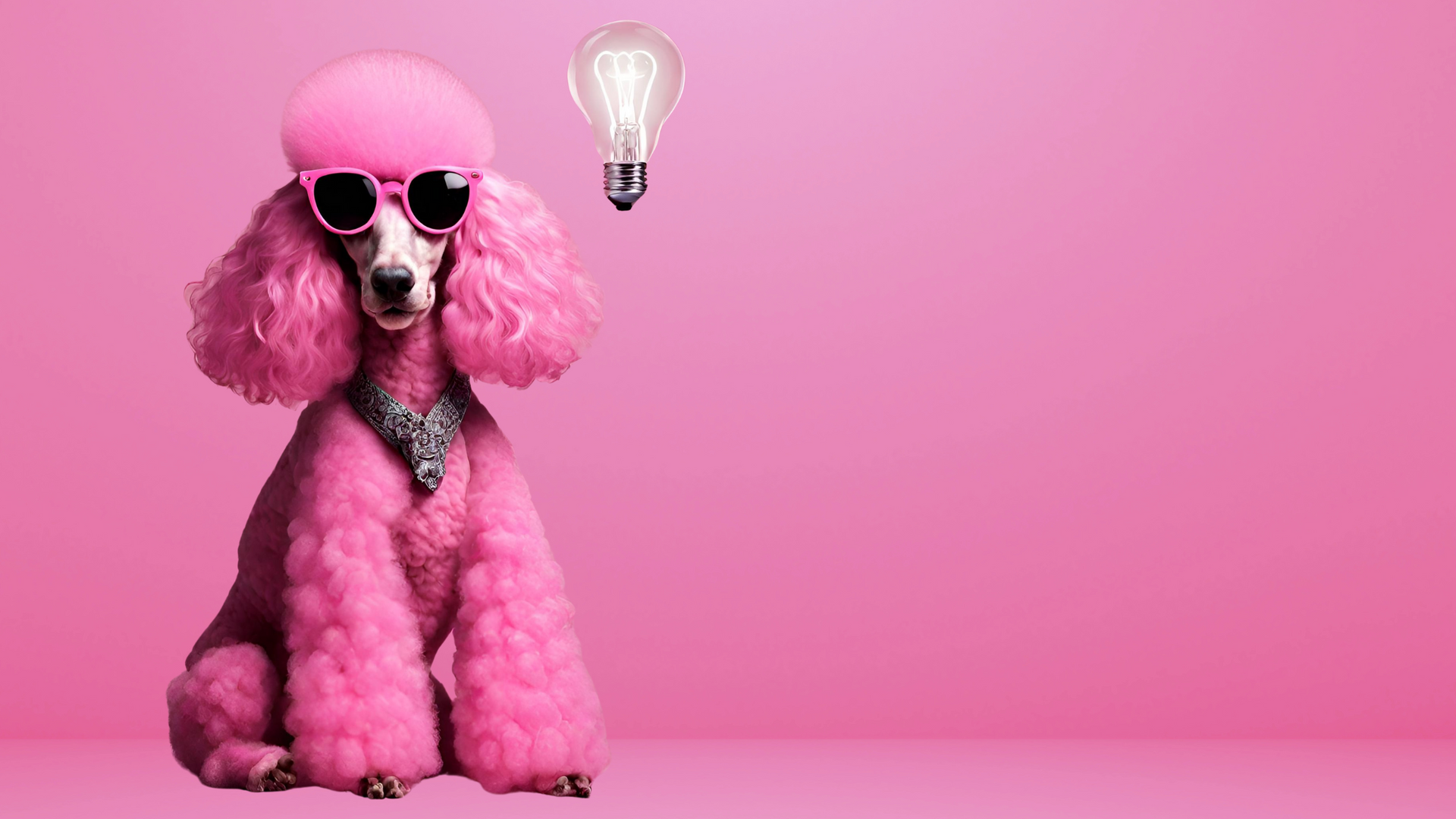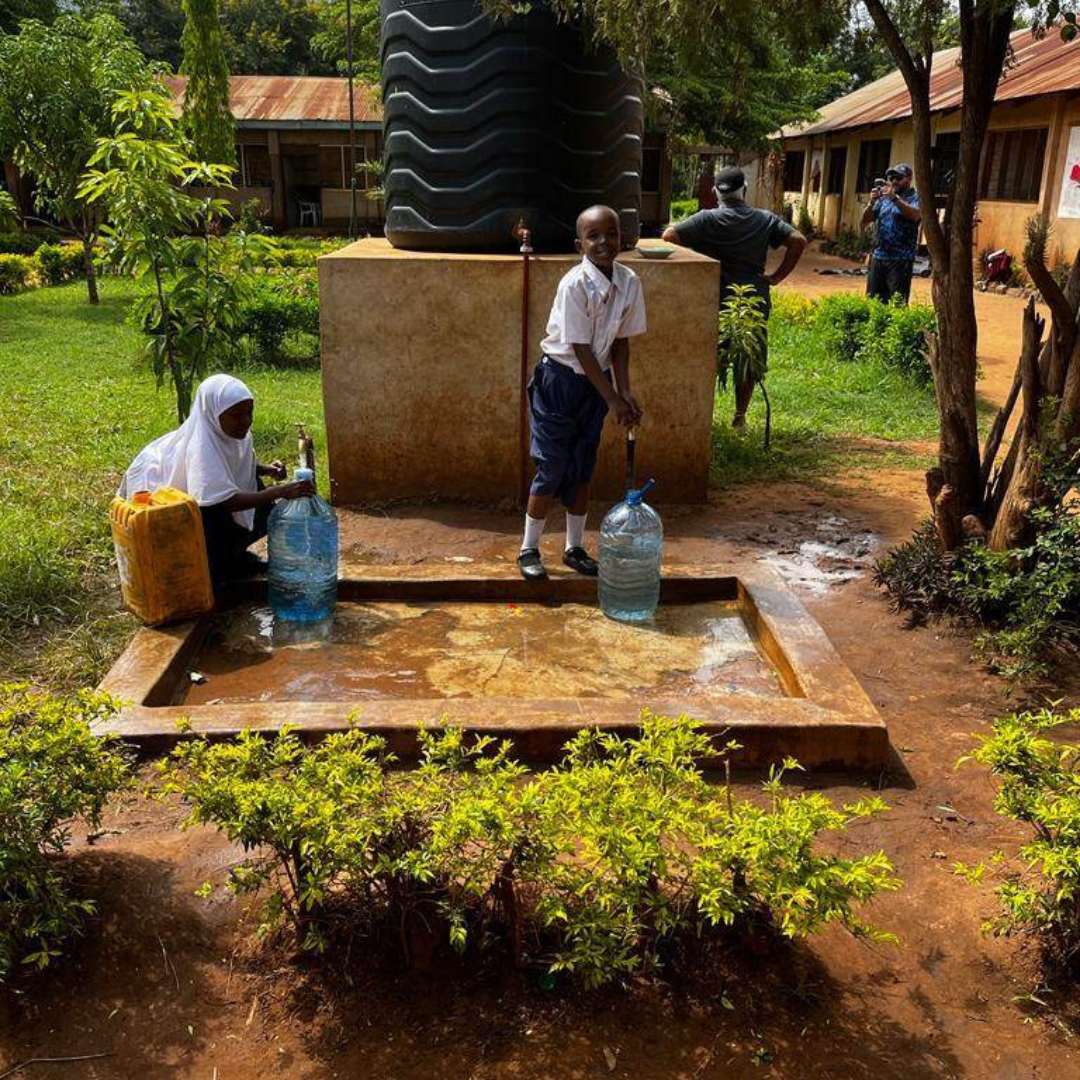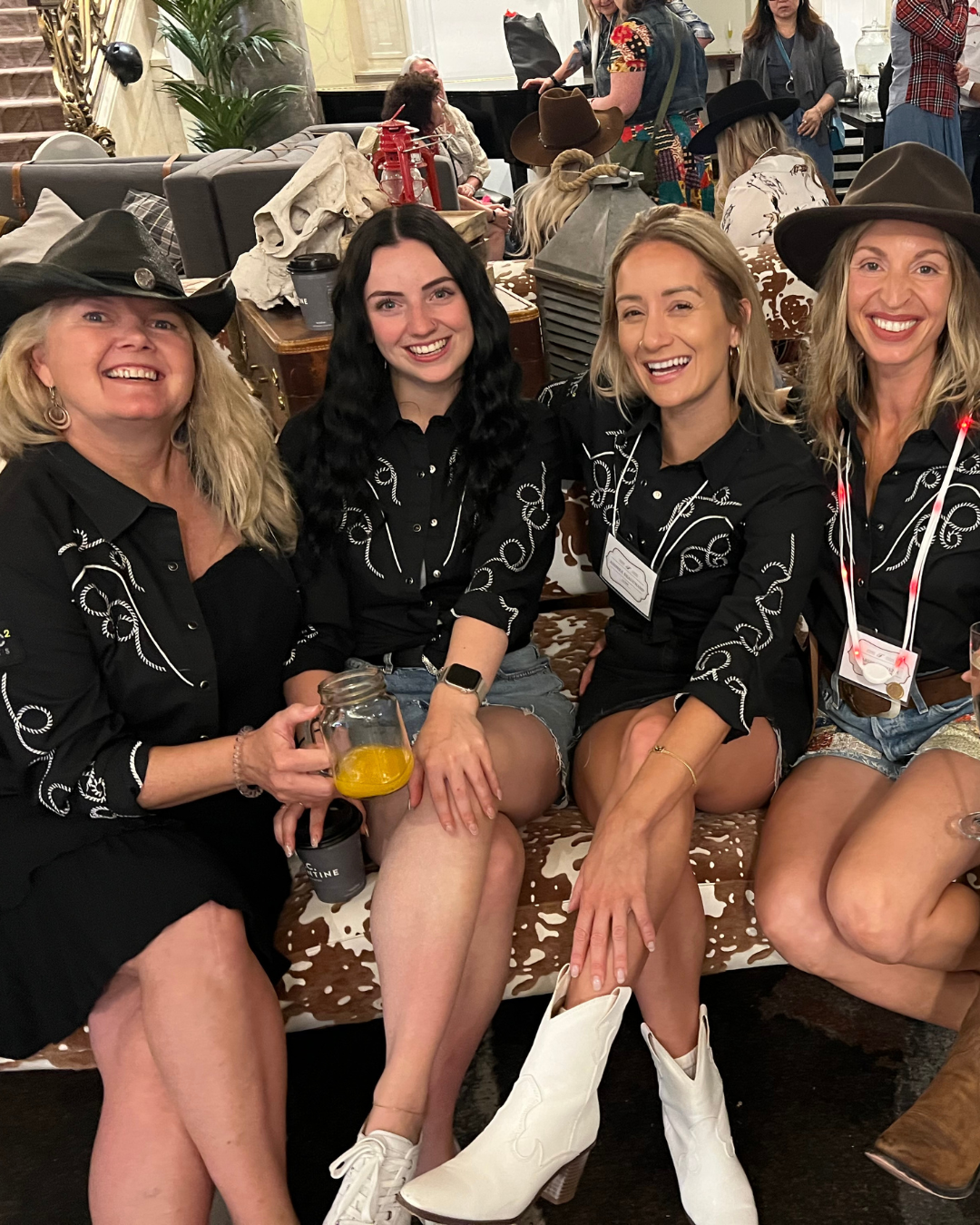The Great Rewind
Trends? What’s trending? Hmm… let me check my notebook, my spiral notebook.
Last year at GO WEST in Edmonton, I attended a panel on generational differences in life and work. What struck me wasn’t the differences, but the alignment. Two of the panelists, a Boomer and a Gen Z, began speaking about “like” things. Gen Z expressed a desire to slow down, minimize technology in their daily lives, and live as simply as the Boomer once had. That conversation stuck with me. It led me to ask my own young adult kids, ages 23 and 25, how they were feeling about the pace of the world today. Their answers were the same: to slow down, to breathe, and to find space to actually absorb the world around them.
We’ve been chasing innovation and technology for so long that it’s no surprise we’re now seeing a collective pause, and in many cases, a step back. Just like fashion, where everything eventually makes a comeback, we’re watching culture do the same. (Yay!) The difference is that this time, it’s not just silhouettes and shoulder pads returning, it’s a mindset. The 80s spirit of connection, creativity, and unfiltered living is re-emerging, not as a trend, but as a lifestyle shift. Across generations, but especially among younger audiences, there’s a growing movement toward reclaiming analog, tactile, and slower experiences. I call this The Great Rewind.
Landlines are reappearing in homes. Vinyl records are selling at their highest levels in decades. People are curating their phone screens to strip away clutter and distraction. These choices aren’t about nostalgia alone, they’re about creating space for connection, peace, and presence in an overstimulated world.
What’s especially interesting is the cross-generational bridge this creates. Gen Z and Millennials are actively engaging with Boomers to rediscover rituals that once seemed outdated: listening to an album from start to finish, picking up a phone connected to a wall, embracing experiences that require patience. The ritual matters as much as the result.
For our industry, this signals a shift in how people want to experience life and, by extension, events. It’s not about rejecting technology outright but about rebalancing, valuing simplicity, authenticity, and intentional design. The future may not be about racing forward but about re-learning the beauty of slowing down. This is The Great Rewind, and as event professionals, it’s worth paying attention to.
How this affects industry trends:
Fashion as Cultural Rewind
As usual, I head straight to the runways to see what will be trending in events, and what I’m seeing directly connects to this cultural “rewind.” Animal prints are back in a big way, leopard, zebra, cow, and snakeskin are being treated as modern neutrals. The Western revival is everywhere too: cowboy boots, fringe, denim, and embroidery are making a return (thank you, Cowboy Carter, and as a Calgarian, The Calgary Stampede). And then there’s the collegiate aesthetic, plaids, polos, and preppy knits are having their own reimagined moment. Everything old really is new again.
Designing for The Great Rewind
Analog | Familiar
Guests are seeking a slower, more tactile experience. Event design now calls for elements that feel familiar, whether comforting or playfully nostalgic. Recently, we created an activation that blended their AI technology with a rotary phone and typewriter. Unsurprisingly, guests flocked to interact, loving the hands-on experience.
Authenticity | Craft
We’ve already seen a shift toward crafting in sponsor activations and experiences. While digital still plays a huge role in immersive design, tangible, touchable elements in decor are making a strong return. Think layers, textures, and florals are finally having their moment again!
One trend we can all lean into came from my friend, David Merrell, Wabi-sabi in experience design promotes a slower, more mindful way of living that is centered on simplicity and tranquility. It can influence everything from how we eat to how we design, encouraging us to slow down and find joy in the everyday.
Rebalancing Overstimulation
Smaller groups, micro-events, and personalized experiences allow attendees to truly feel part of something. Personalization is no longer optional, it’s essential. Say yes to neuroinclusive and well-being focused designs, but pair this with choosing quality and meaning over attention-grabbing gimmicks. Faster and overstimulating is not the imperative any longer.
To balance your design aesthetics, think biomimicry or biophilic design, an approach that connects people to nature by incorporating natural elements into the built environment. It aims to improve well-being, reduce stress, and boost cognitive function through features like natural light, plants, water and natural materials. Engaging your lighting designer to envelope space with immersive breakout patterns mimics the sun beaming through foliage onto the forest floor.
Back to Basics
What’s more basic than sitting at a table and enjoying a meal with other humans? Not only is food often your highest budget line item, but food as a tangible design element is taking center stage in events, feeding not only bellies but connection and comfort. It’s a perfect way to tie in all the trends above, with plenty of room for playful ways to engage attendees through what they eat and drink.
Design thoughtful, inclusive, and ingredient-driven dining where simplicity and care take center stage. Menus are being designed with everyone in mind, Halal, vegetarian, vegan, gluten-free, dairy-free, not as afterthoughts but as the starting point. Offerings are often deconstructed to invite personalization and play, allowing guests to curate their own experience. Restrictive no longer means limiting; it means elevated, intentional, and delicious.
The youngest adult generation is saying: less is more. For me, this is exciting! I grew up staring out a car window observing the world and dreaming up kooky ideas, as a creative there is nothing better than seeing people daydreaming instead of scrolling.
The Great Rewind is here, and event profs, as catalysts of the future, we need to listen and design for it.
